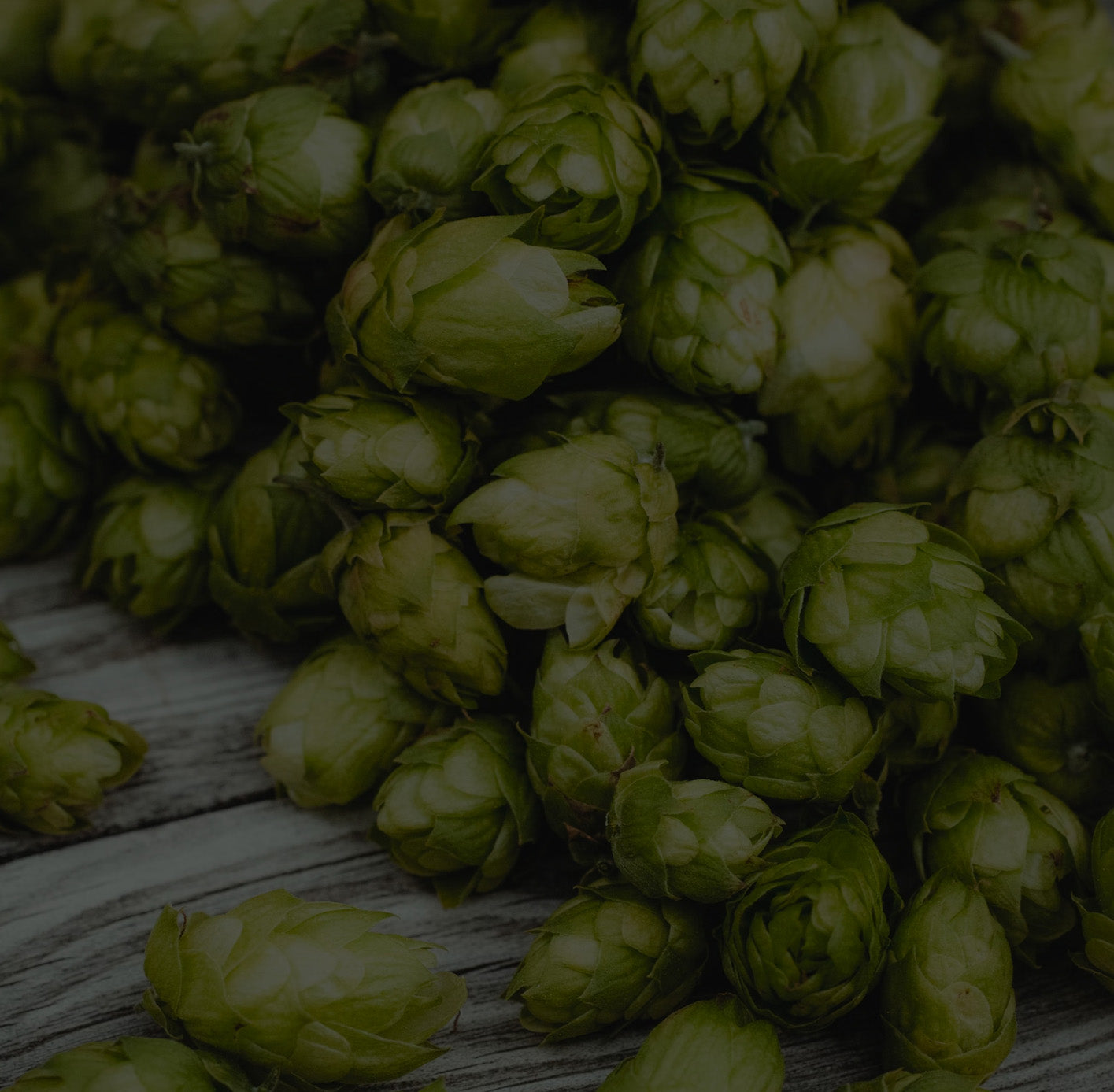Bottling beer and cider is an essential skill for those diving into the art of home brewing. Proper bottling ensures your beer maintains its taste, is adequately carbonated and won’t spoil. Here’s a step-by-step guide on what we’ve found is the EASIEST to way to bottle beer and cider with best practices and pro tips.
Bottling Supplies
- Clean, sanitized bottles: Glass bottles, typically 12oz (355ml) or 22oz (650ml), with no existing labels or residue. They can be brand new OR you can reuse old bottles you get from the store. But they can’t be screw top.
- Bottle caps: New, unused caps.
- Bottle capper: Hand-held or bench-top version.
- Priming sugar or priming tablets: Used to carbonate the beer in the bottle.
- Large pot: This will be used to sanitize the bottles.
- A bowl: This will be used to sanitize the caps.
- A bottling bucket or fermenter: This is a bucket or fermenter that has a spigot near the bottom.
- You’ll need some tubing and a bottling wand: this will transfer the beer into the bottles.
- Sanitizer solution: Star San or a similar no-rinse sanitizer.
- Beer or cider.
Beer Bottling Kit
You can buy all of these things individually, but you could also just buy a bottling kit, which will include most of the non so common items in the list above. This one includes the following:
- Bottle capper
- 12 beer bottles
- 20 bottle caps
- Bottling wand
- 3 feet of hose
- Good vibes
Pro Tip: Make Sure Fermentation Has Finished!
Now here’s the absolute most important part about bottling alcoholic beverages. Fermentation needs to be complete before you bottle. So, the fermenter either needs to have sat for at least two or three weeks, in the case of ales, potentially longer for lagers. And there should be no bubbles coming out of the airlock. Or, you need to check the specific gravity with a hydrometer and it needs to be down near or below 1.010. And most importantly, the gravity needs to be constant for a few days in a row to be 100% sure it's done. More on this in our article on advanced fermentation.
If you bottle beer or cider that has not finished fermentation, you could end up with what’s called a “bottle bomb.” That’s where beer or hard cider continues to ferment in the bottle and builds up so much pressure it explodes. This could actually send glass shards flying everywhere and is dangerous. So make sure the beer is done fermenting.
Ok, the procedure for bottling is as follows:
- Clean
- Clean the bottlesThe easiest way to do this is by tossing the bottles in a dishwasher on the high temp or sanitize cycle.
- Sanitize
- Soak bottles, caps, and any other equipment in a no-rinse sanitizer solution such as star-san. Pro-tip: don’t just wing it when adding the sanitizer. Make sure to follow the manufacturer's instructions and add the proper amount. Another pro-tip, make sure to sanitize everything that the beer will come into contact with, including the valve on your fermenter, and any other equipment you’re using.
- Add Priming Sugar
- Priming sugar is required for the bottled beer to properly carbonate. The more traditional way of doing this is dissolving corn sugar in hot water and adding it to the beer. But, pro tip: using little carbonation tablets is much easier and that’s what we suggest. Add a few to each bottle according to the directions. And another pro tip: Don’t be like emmet and handle the tablets with your bare hand. Get yourself a glove and make sure to sanitize your hand before adding the tablets.
- Fill the Bottles
- Install the bottling wand and fill each bottle, leaving about 1 inch (2.5 cm) of headspace at the top.
- Pro tip: if you don’t have a bottling wand, get one. It prevents overfiling. And another pro-tip: don’t just pour the beer into the top of the bottle. This will introduce oxygen and cause the beer to go bad more quickly.
- Cap
- Place a sanitized cap on the bottle.
- Use the bottle capper to seal the cap tightly.
- Pro tip: Make sure the cap is crimped evenly around the bottle to ensure a proper seal.
- Store and Carbonate
- Store the bottles at room temperature for at least 2 weeks. This allows the beer to carbonate and mature.
- Pro tip: If you can, try one bottle after a week to gauge carbonation. This will give you an idea of how it's progressing.
- Enjoy
- After 2 or 3 weeks (or once you're satisfied with the carbonation level), refrigerate the beer for a few hours then serve and enjoy.
- Pro tip: The bottle might have some sediment in the bottom. This is just yeast and there’s no need to worry about it. Just pour the beer out slowly to leave it behind.







Leave a comment